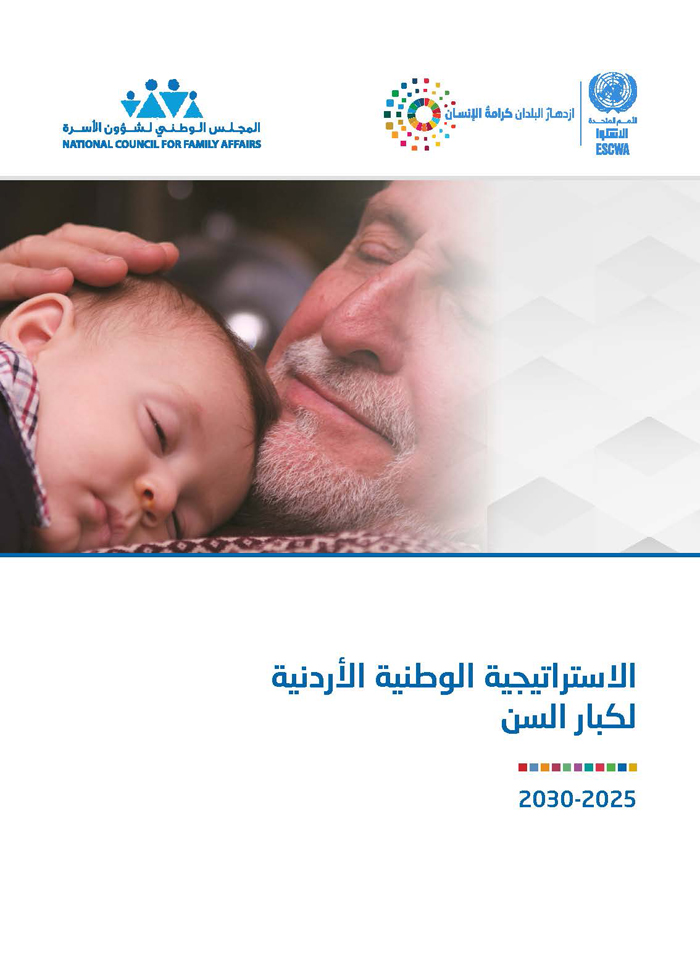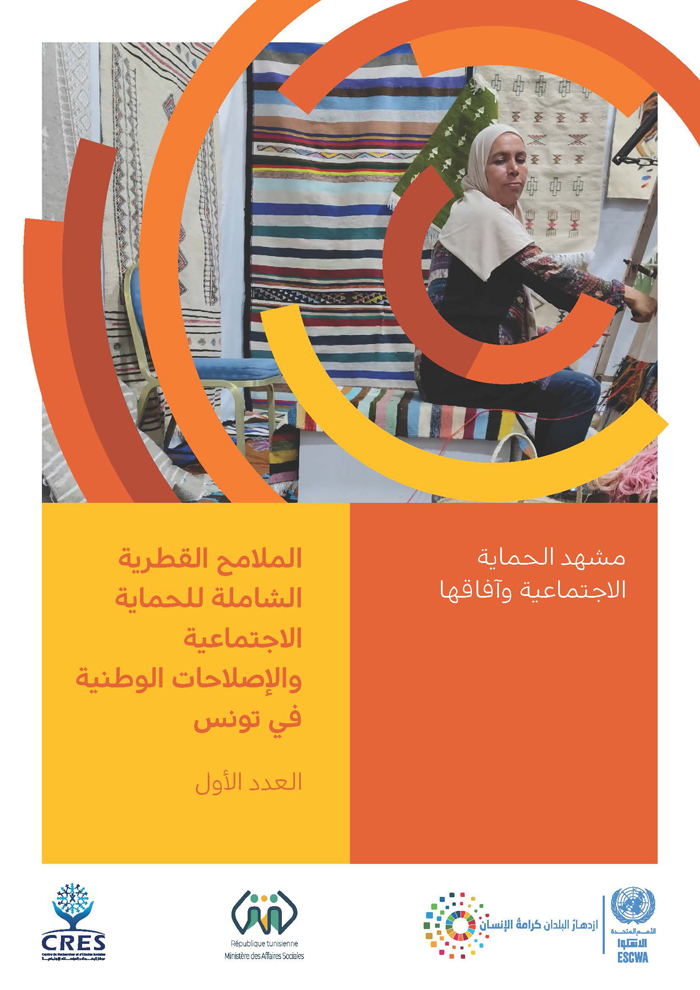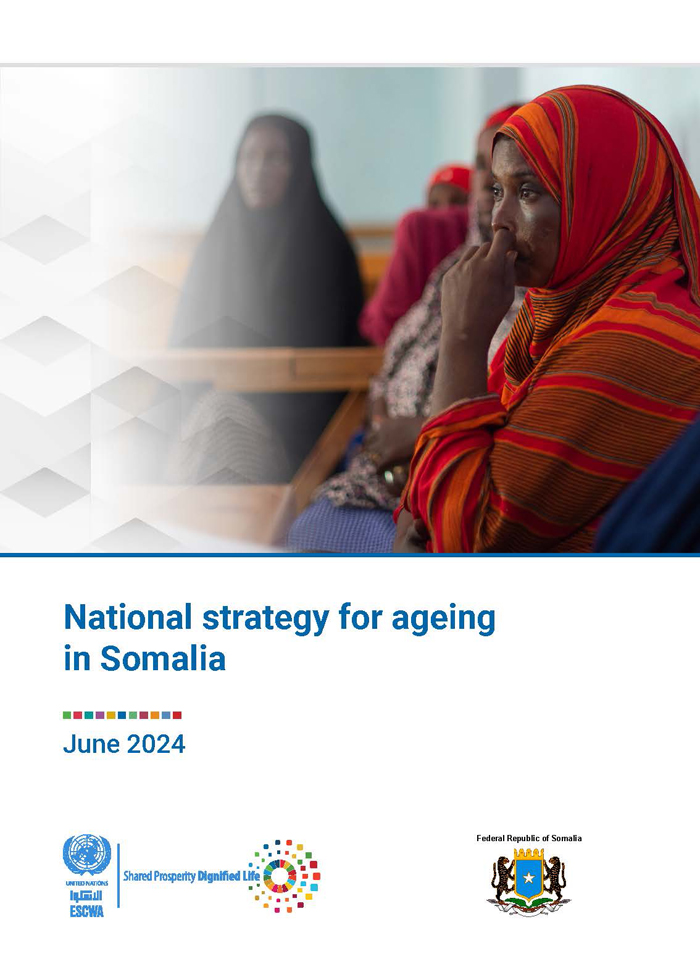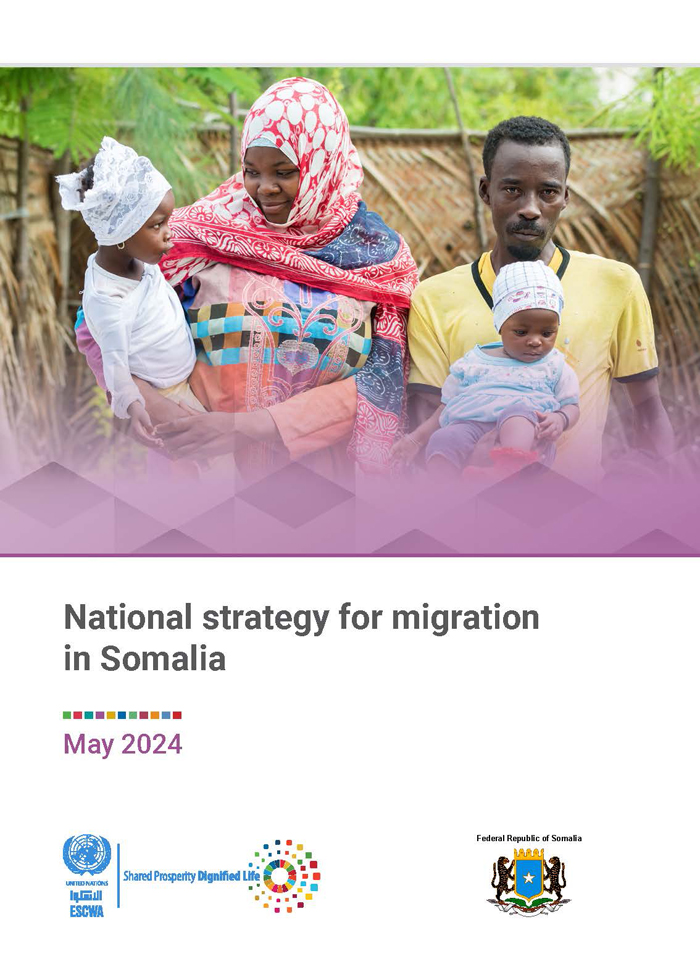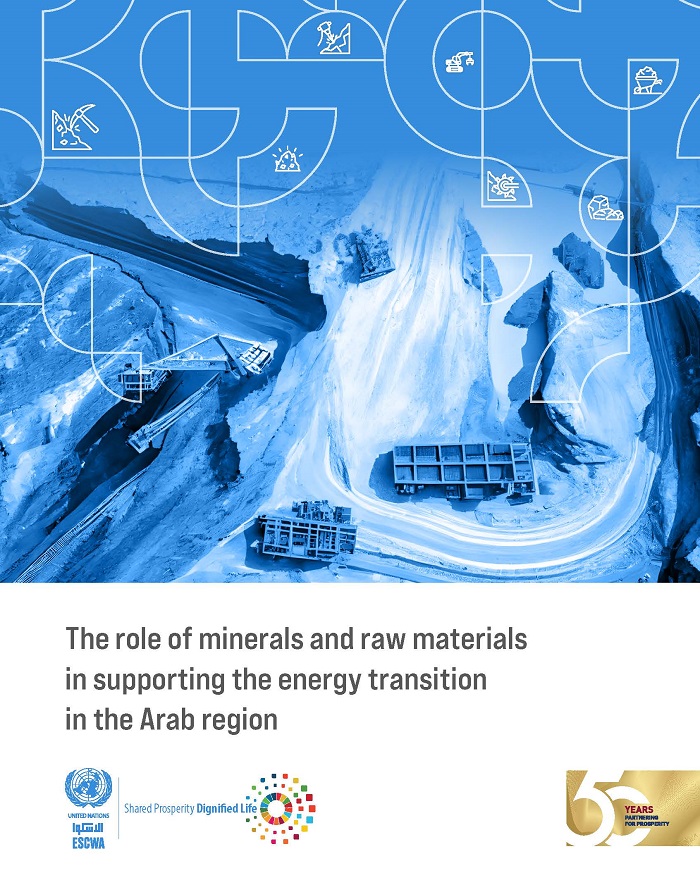
ESCWA Publication: E/ESCWA/CL2.GPID/2023/TP.7
Country: Arab region
Publication Type: Information material
Cluster: Gender Justice, Population and Inclusive Development
Focus Area: Governance & enabling environment, Inclusive development, Natural resource sustainability, Technology & innovation
Initiatives: Advancing environment & energy statistics, Promoting renewable energy investments
SDGs: Goal 1: No Poverty, Goal 3: Good Health and Well-Being, Goal 5: Gender Equality, Goal 6: Clean Water and Sanitation, Goal 7: Affordable and Clean Energy, Goal 8: Decent Work and Economic Growth, Goal 9: Industry, Innovation and Infrastructure, Goal 10: Reduced Inequalities, Goal 11: Sustainable Cities and Communities, Goal 12: Responsible Production and Consumption, Goal 13: Climate Action, Goal 14: Life Below Water, Goal 15: Life On Land, Goal 16: Peace, Justice and Strong Institutions
Keywords: Arab countries, Mineral resources, Minerals, Raw materials, Energy conversion, Resources exploration, Mining, Gross domestic product, Governance, Environmental impact assessment, Risk assessment, Sustainable development, Technological innovations, Capacity building, Public-private partnerships, Legal aspects, Recommendations, Value chains
The role of minerals and raw materials in supporting the energy transition in the Arab region
September 2023
The global energy transition is characterized by a rapid increase in renewable energy (RE) generation, the replacement of energy carriers, the penetration of energy efficient technologies, large-scale electrification and greater energy system flexibility. RE technologies such as wind turbines and solar photovoltaics (PV) are mineral-intensive and hence a transition to a cleaner energy system will significantly increase the demand for minerals, raw materials and metals, sometimes referred to as energy transition minerals/ metals (ETM) or critical raw materials (CRM). This paper examines the role of minerals and raw material to support the energy transition in the Arab region and focuses its attention on metals (ferrous and non-ferrous) and industrial minerals, sustainable mining and mineral value chains.
The Arab region can provide a leadership role and must have a consistent and reliable operating environment to attract long-term capital investments. Capital for mineral exploration and mine development is increasingly tied to environmental, social and governance (ESG) performance and hence demands a clear and integrated ESG strategy from governments. A public-private partnership can be an important way to establish a critical minerals supply chain, while regional collaboration can enable faster deployment of cleaner mining technologies.
Related content
Governance & enabling environment
, Inclusive development
, Natural resource sustainability
, Technology & innovation
,
The global energy transition is characterized by a rapid increase in renewable energy (RE) generation, the replacement of energy carriers, the penetration of energy efficient technologies, large-scale electrification and greater energy system flexibility. RE technologies such as wind turbines and solar photovoltaics (PV) are mineral-intensive and hence a transition to a cleaner energy system will significantly increase the demand for minerals, raw materials and metals, sometimes referred to as energy transition minerals/ metals (ETM) or critical raw materials (CRM). This paper examines the role of minerals and raw material to support the energy transition in the Arab region and focuses its attention on metals (ferrous and non-ferrous) and industrial minerals, sustainable mining and mineral value chains.
The Arab region can provide a leadership role and must have a consistent and reliable operating environment to attract long-term capital investments. Capital for mineral exploration and mine development is increasingly tied to environmental, social and governance (ESG) performance and hence demands a clear and integrated ESG strategy from governments. A public-private partnership can be an important way to establish a critical minerals supply chain, while regional collaboration can enable faster deployment of cleaner mining technologies.
